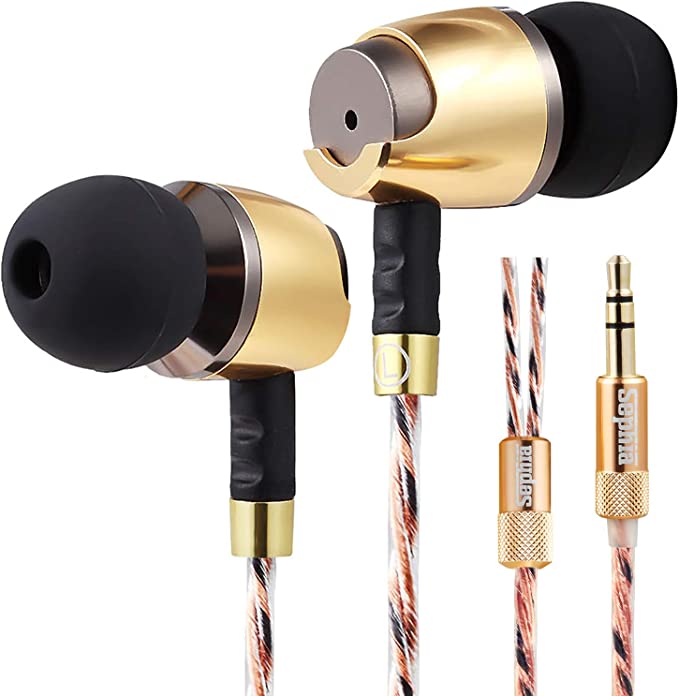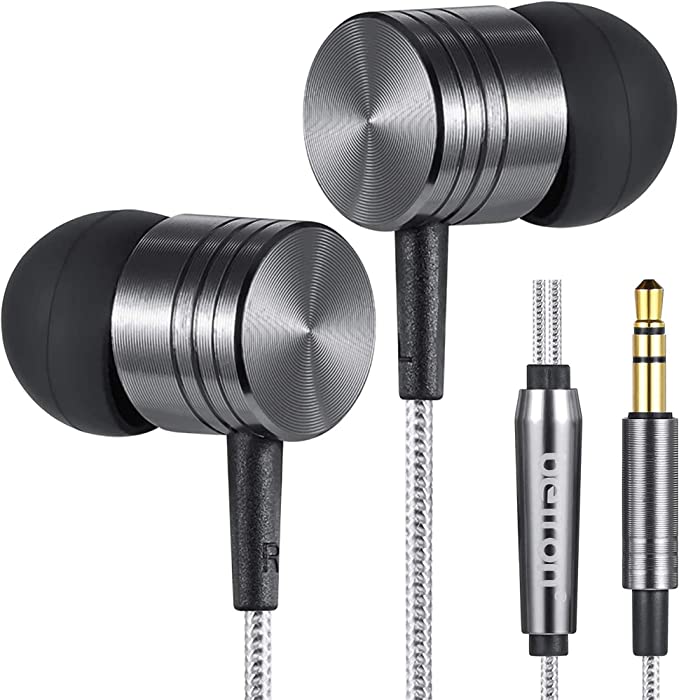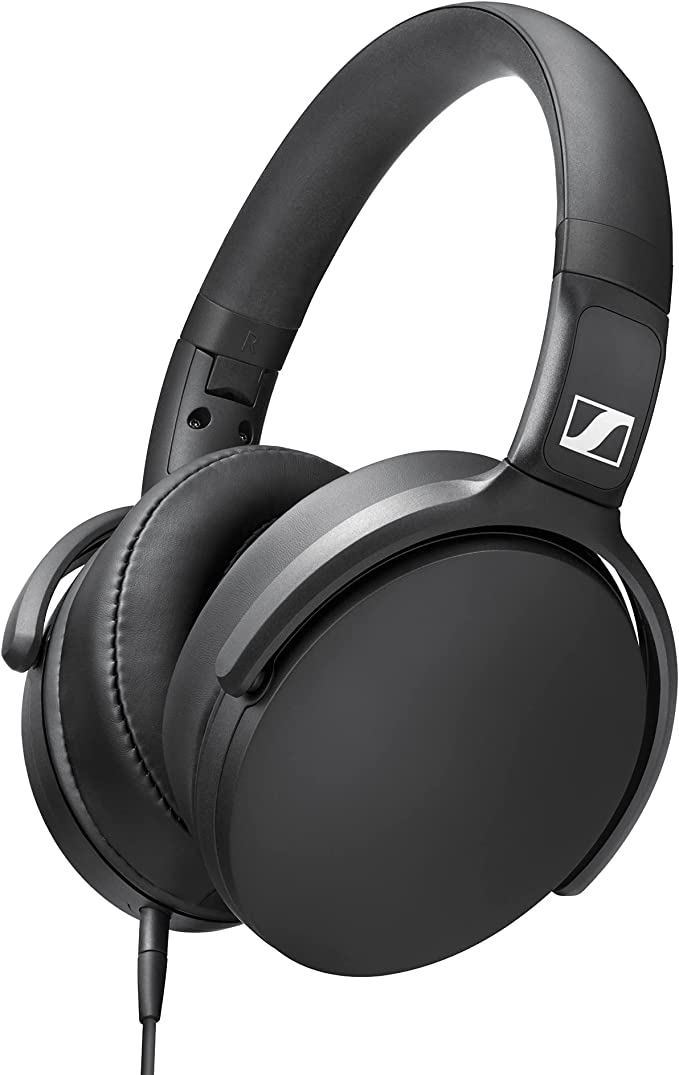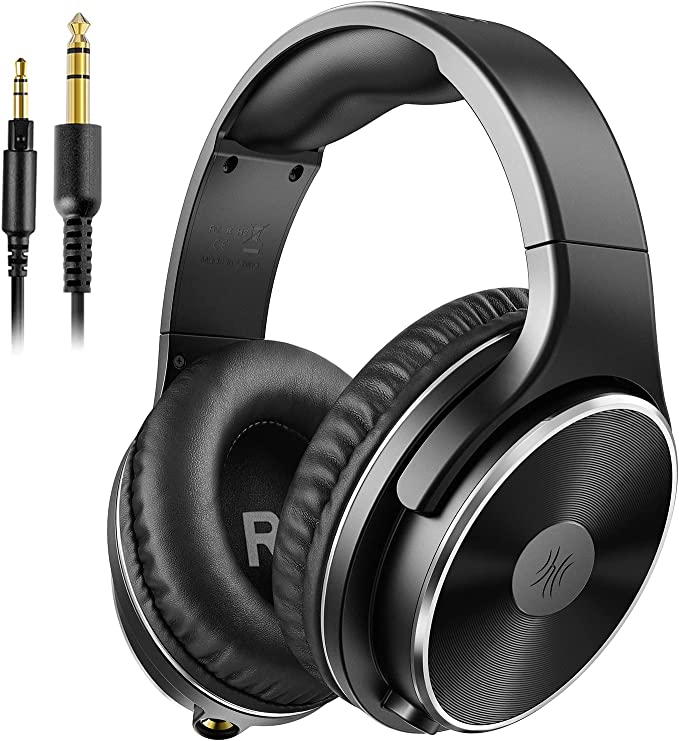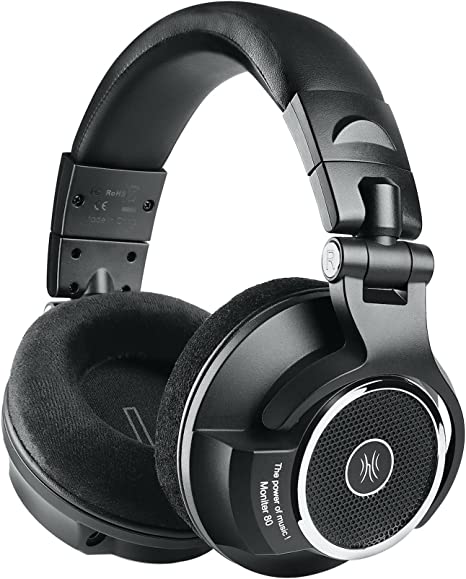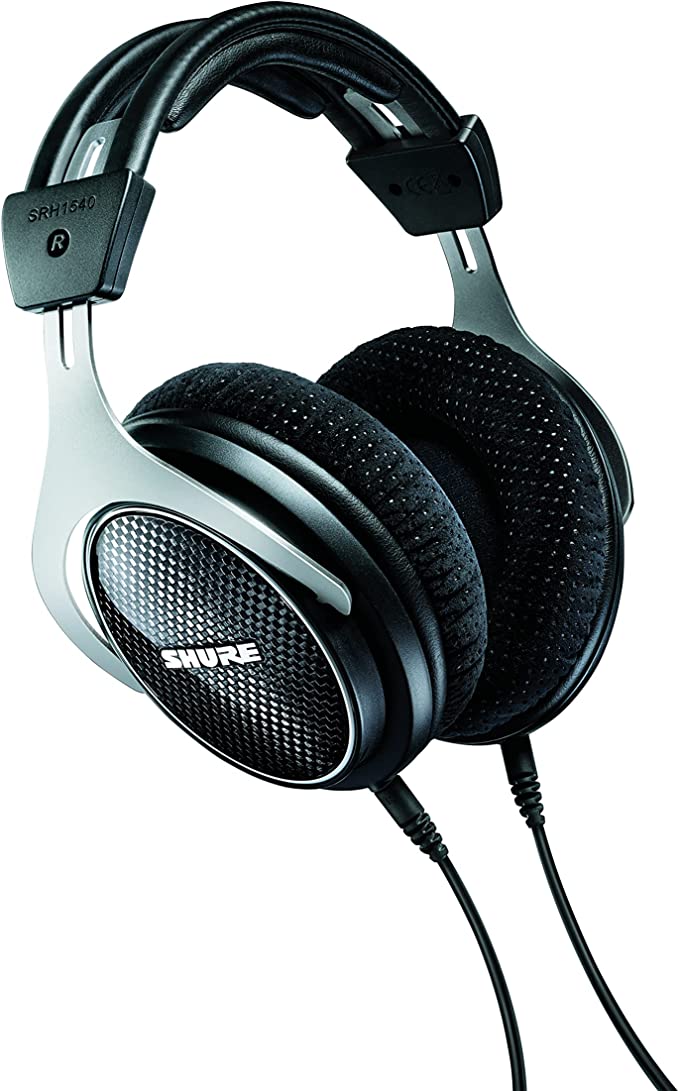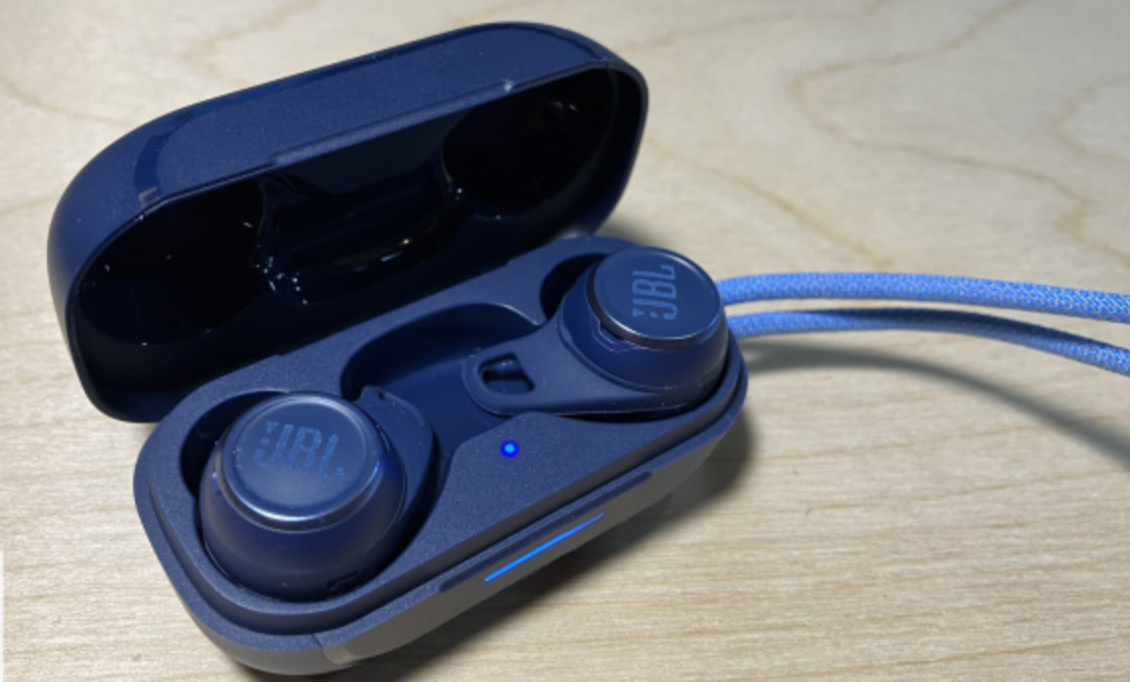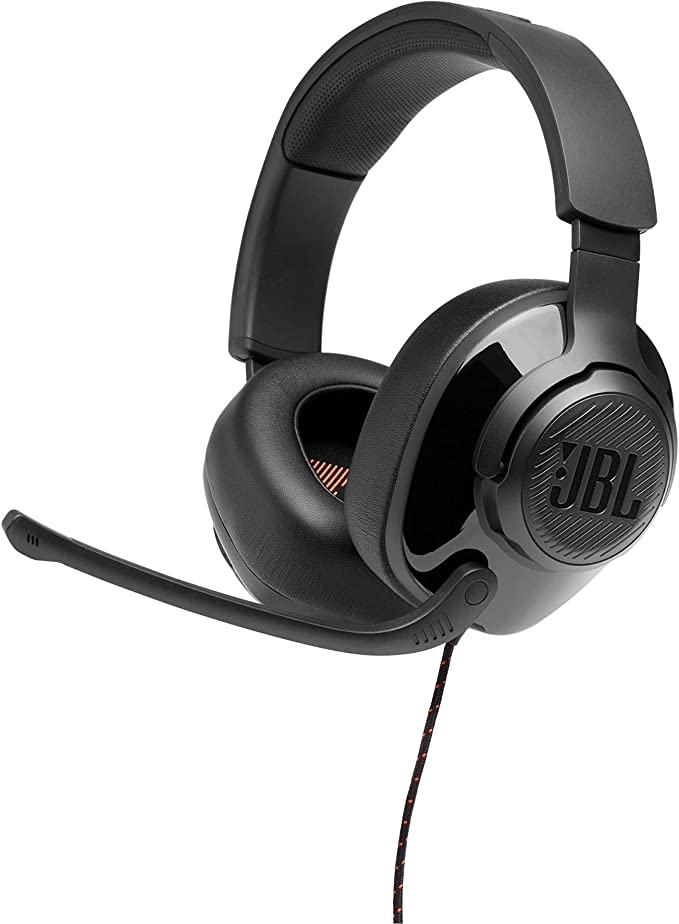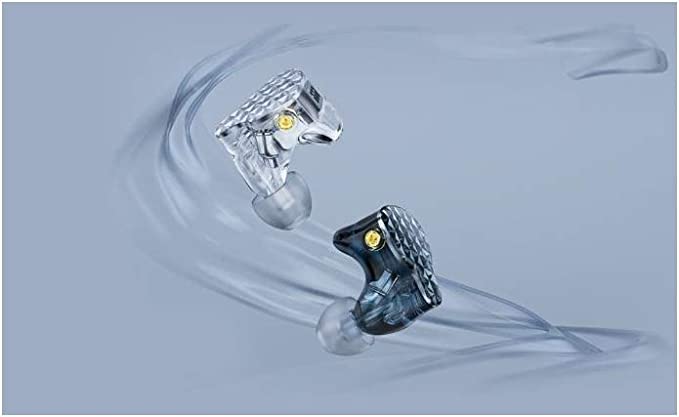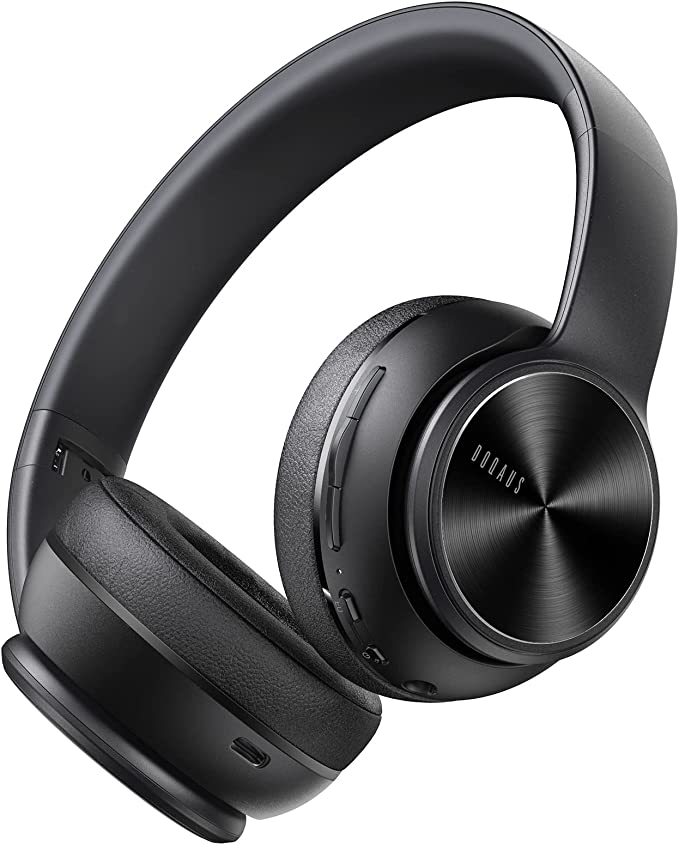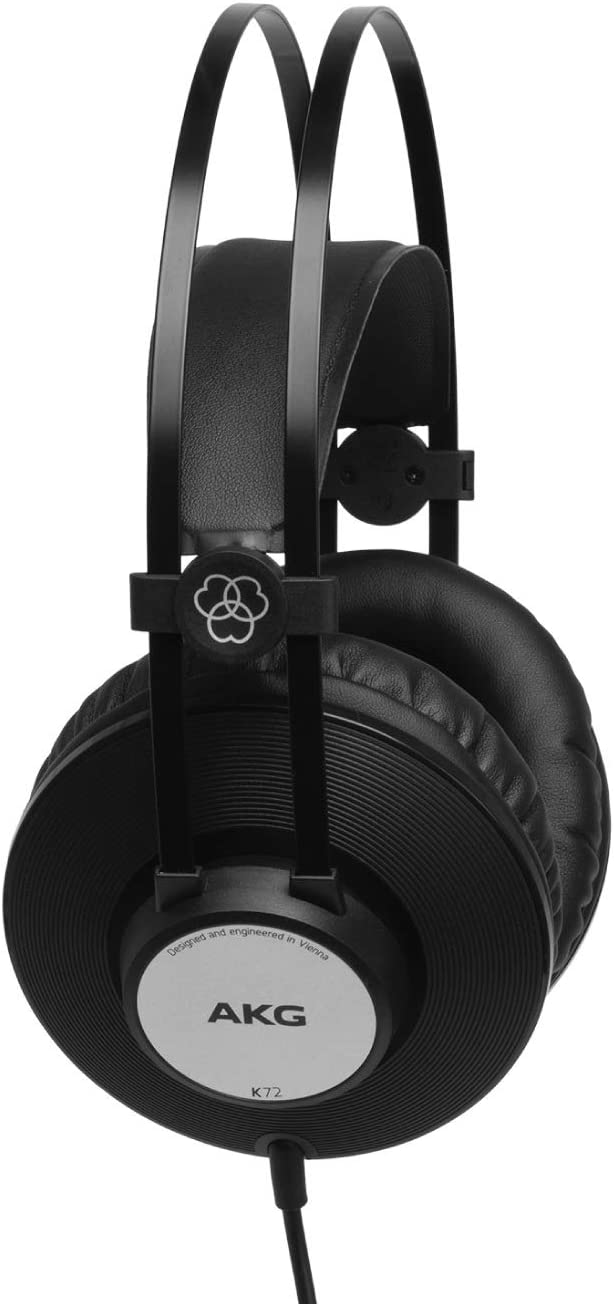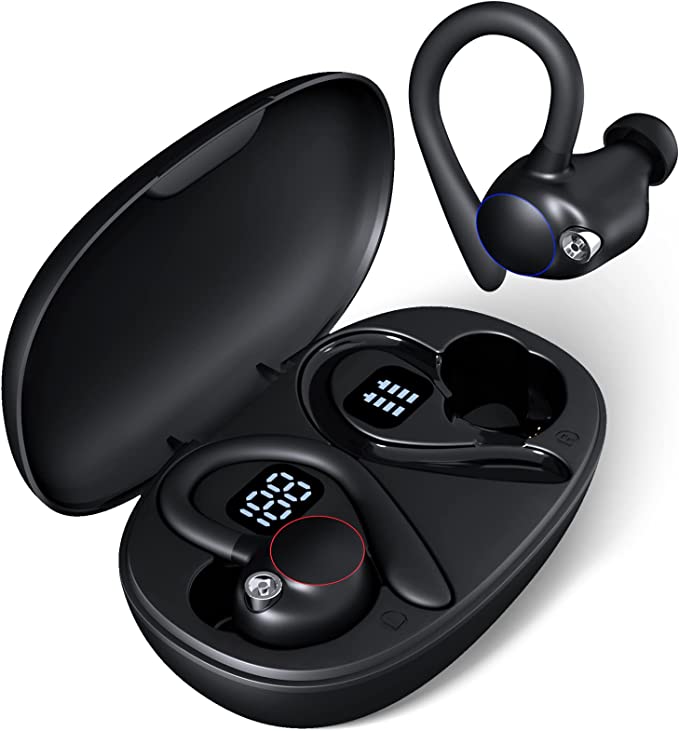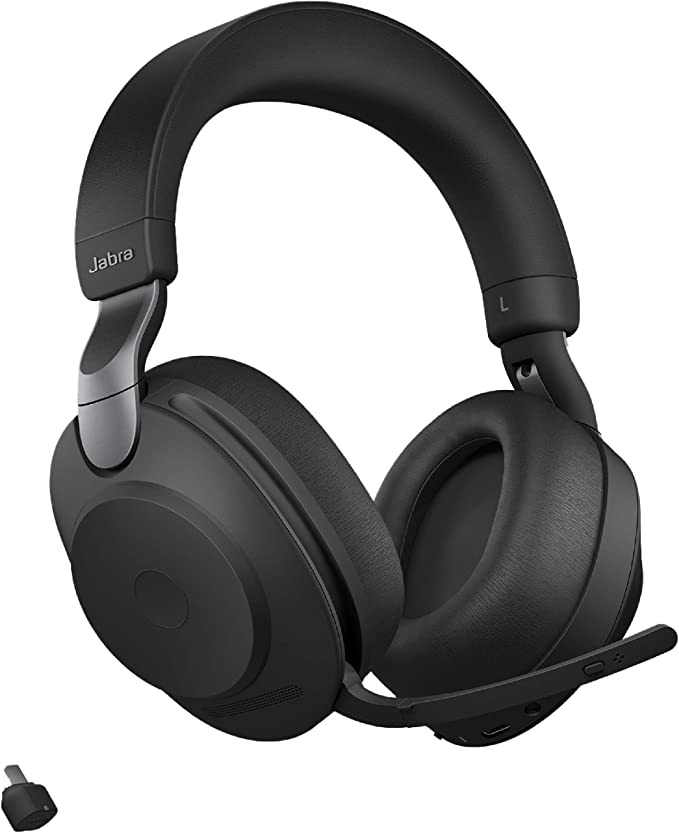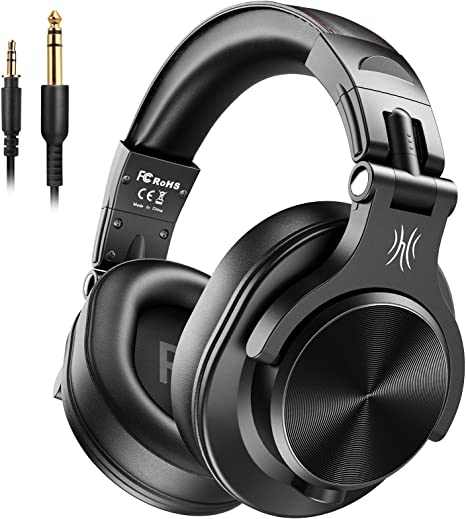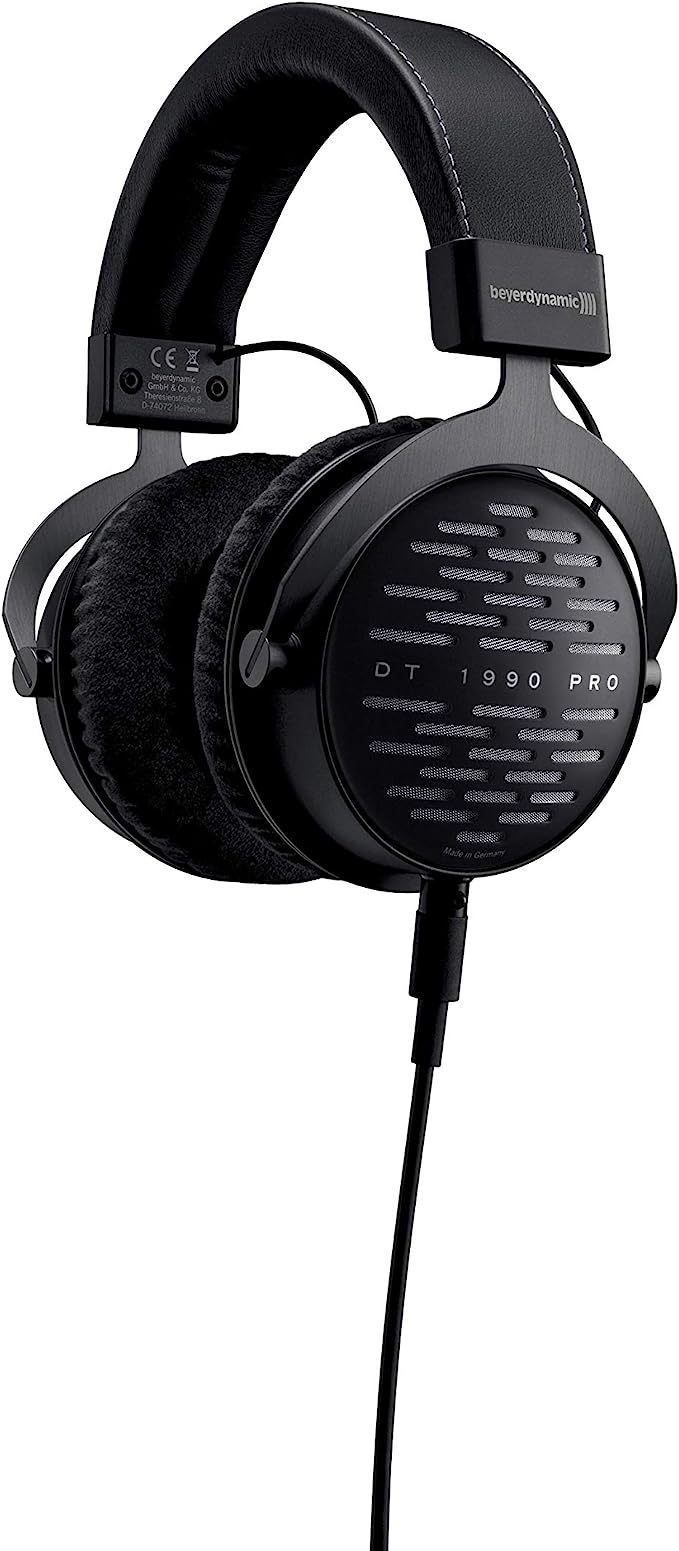Maeline Bulk Wired Headphones: Comfortable Fit, Handsfree Calling, Universal Compatibility
Update on June 30, 2025, 11:26 a.m.
The modern classroom is a symphony of controlled chaos. Keyboards click in a staccato rhythm, a teacher’s voice guides a small group in one corner, and across the room, tablets murmur instructional videos. For a student tasked with navigating this soundscape, focus is a precious commodity. Then, a simple act occurs: a pair of headphones slides over their ears. The world outside doesn’t vanish, but it recedes, its sharp edges softening into a distant hum. In its place, a clear, direct line of sound emerges.
This moment of transformation, from distraction to concentration, feels almost like magic. But it isn’t. It’s the result of deliberate, often invisible, engineering. A device like the Maeline Bulk Wired Headphone is a case study in this philosophy—a tool where every curve, wire, and internal component is a calculated answer to the specific challenges of a learning environment. To understand it is to appreciate the profound science behind creating a simple bubble of focus.

Building the Cocoon of Quiet: The Physics of Undisturbed Thought
The first and most apparent feature of these headphones is their over-ear, or circumaural, design. The soft, padded cups don’t just rest on the ear; they envelop it, creating a gentle yet firm seal. This is the foundation of passive noise isolation, an elegantly simple principle of physics. Unlike active noise cancellation, which uses complex electronics and microphones to generate anti-noise waves, passive isolation is simply a physical barrier. It’s the sophisticated equivalent of cupping your hands over your ears. It excels at blocking the high-frequency sounds—chatter, rustling paper, distant clicks—that are most likely to fracture a student’s concentration.
But this design accomplishes something even more profound. Cognitive science tells us about Cognitive Load Theory, which posits that our working memory has a finite capacity. Every distracting sound is a piece of data that the brain must unconsciously process, consuming valuable mental resources. By creating what is essentially a cocoon of quiet, the headphones reduce this extraneous cognitive load. The brain is freed from the task of filtering out noise and can dedicate more of its power to understanding algebra, conjugating verbs, or analyzing a historical text.
This is also where thoughtful ergonomics become critical. An ill-fitting or heavy headset quickly becomes its own distraction. The adjustable headband and 90-degree swivel cups aren’t just for comfort; they are integral to the system. They distribute pressure evenly, accommodating the vast range of head sizes from a first-grader to a high-school senior, ensuring that after an hour of standardized testing, the student is thinking about the questions, not the ache on their ears.

The Spotlight of Voice: The Acoustics of Clear Communication
In today’s interactive classroom, listening is only half the equation. When a student needs to record a presentation, participate in a language lab, or speak in a virtual class, their voice must be transmitted with absolute clarity. This is where the boom microphone demonstrates its acoustic superiority over the tiny, in-line mics found on most consumer earbuds.
The governing principle is the signal-to-noise ratio (SNR). Imagine you’re trying to light a single actor on a dark stage. You could use a massive floodlight that illuminates the entire stage—the actor, the background, the curtains, everything. That’s an in-line mic, far from the mouth, capturing a wide swath of ambient sound. Or, you could use a focused spotlight aimed directly at the actor. That is the boom microphone.
By being positioned close to the mouth, the boom mic captures a powerful, direct “signal” (the voice) while picking up far less “noise” (classroom chatter, keyboard clicks). This high SNR is non-negotiable for applications like language learning, where subtle phonetic details can be the difference between correct and incorrect pronunciation. It ensures that the teacher hears the student, not the classroom.

The Universal Handshake: The Unseen Genius of Compatibility and Durability
Perhaps the most overlooked genius lies in the parts we take for granted: the wire and the plug. The specification sheet notes a 32-Ohm impedance, a technical term that holds the key to universal functionality. Think of impedance as the width of a water pipe. High-impedance headphones are like narrow, high-pressure pipes; they need a powerful pump (an amplifier) to get a good flow. School devices like Chromebooks and tablets, however, are standard, low-power spigots. The 32-Ohm headphone is a wide, low-pressure pipe. It doesn’t need a powerful pump; it works efficiently and effectively with the modest power from any standard device. It’s an engineered “universal handshake” that guarantees it will just work, every time.

This reliability is the core argument for a wired connection in a school setting. There are no batteries to die mid-exam, no confusing Bluetooth pairing procedures to derail a lesson, and no audio lag. The design is further hardened for this environment with a thick, reinforced 5-foot cord—long enough for flexible seating but not so long as to become a tangled mess—and a 3.5mm L-shaped plug. That simple right-angle bend is a small marvel of mechanical engineering, drastically reducing the strain on both the plug and the device’s audio port when it’s inevitably pulled or bumped. It’s a design that acknowledges the reality of a high-traffic, multi-user environment.

When the Best Technology Disappears
Ultimately, the mark of truly great educational technology is that it becomes invisible. It doesn’t demand attention with flashy features or complex controls. Instead, it seamlessly integrates into the learning process, quietly removing barriers. The cocoon of quiet, the spotlight of voice, and the universal handshake of its electronics all work in concert to achieve this single goal. They allow a student to forget the tool they are using and become fully immersed in the act of learning. In that focused space, shielded from the symphony of distraction, a simple pair of headphones becomes more than just hardware; it becomes part of the invisible architecture of a better education.


